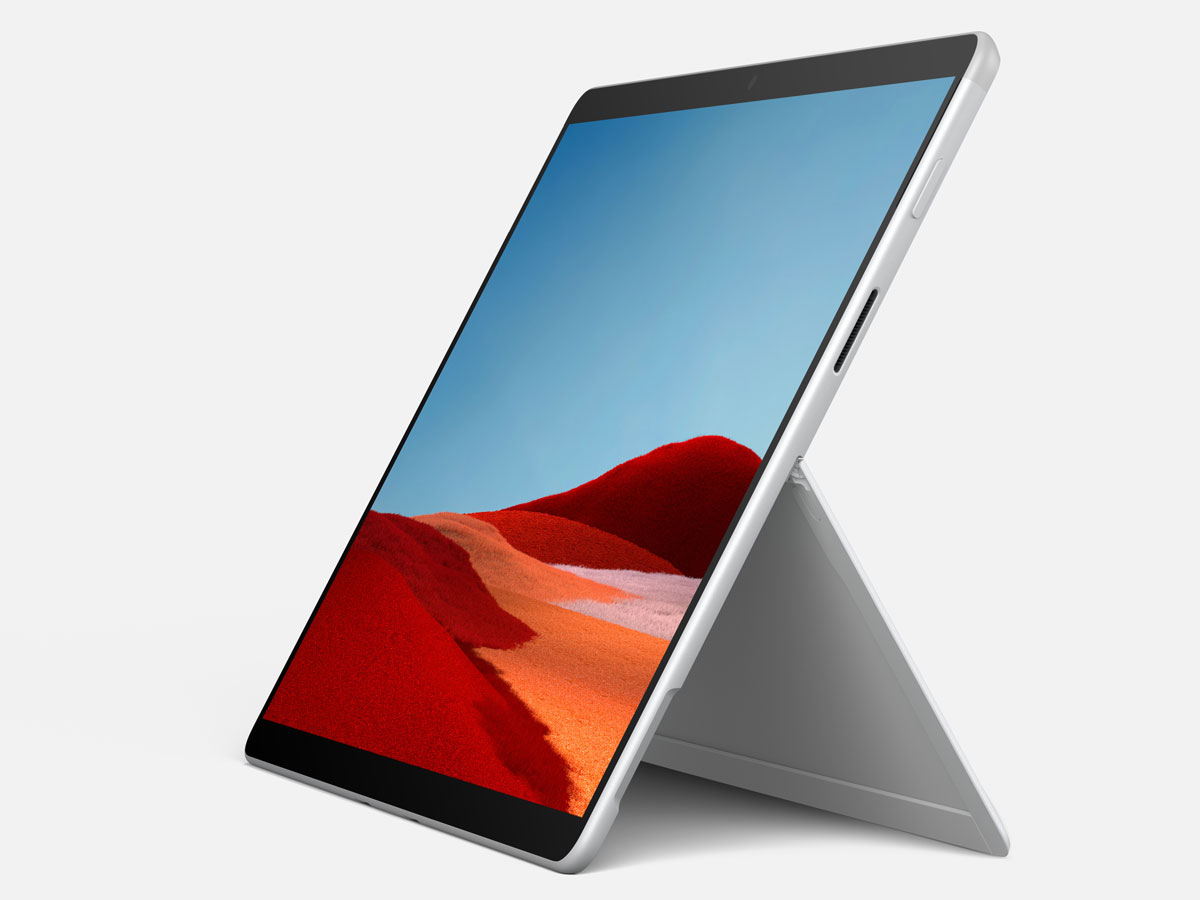

Is Microsoft going to leave the Windows on ARM project, and the Surface Pro X by extension, behind? I think that’s unlikely. Compared to the perception of Apple’s “it just works” emulation, Microsoft’s approach to ARM does not feel as smooth or slick. The majority of mainstream applications run under emulation but issues are still closer to the surface than on macOS for example gaming is still a case by case basis. Launched with support for 32-bit x86 applications (as well as native ARM apps), support for the more widespread and recent 64-bit applications arrived to the general consumer as part of Windows 11 in late 2021.

Microsoft’s emulation approach in Windows for the Surface Pro X and the small number of Windows 10 on ARM devices released by partners such as Samsung, was disappointing. It’s fair to say that Apple’s ARM-based machines delivered far more than Microsoft’s… to the point that emulating Windows 10 on ARM inside a new MacBook offered better benchmarks than a native Pro X.Īpple’s closed-nature of the operating system, forcing developers to stay up to date not just with the latest versions of macOS but also Apple’s own strict rules on packaging software meant that the emulation layer to let Intel-based apps run on the ARM hardware had a limited horizon to address, which it managed with broadly similar performances of older apps on the newer hardware. Now, Apple is a different ecosystem with a closed-access operating system dealing with a very limited footprint of device, so it was expected that its focus on performance would mean that it was going to improve on the Pro X with its focus on pure mobility. When the Pro X launched, it had a twelve-month head start over Apple as Tim Cook’s team ditched Intel and moved to the ARM-based Apple Silicon to the full Mac range.


 0 kommentar(er)
0 kommentar(er)
